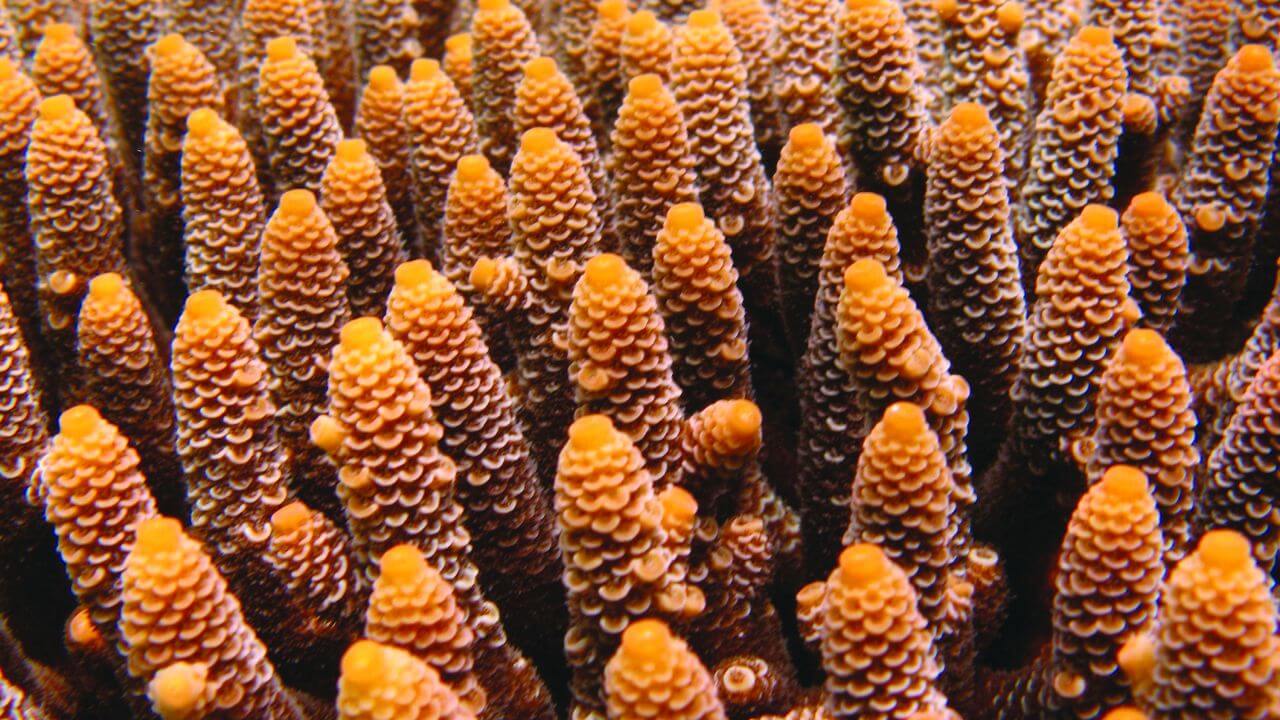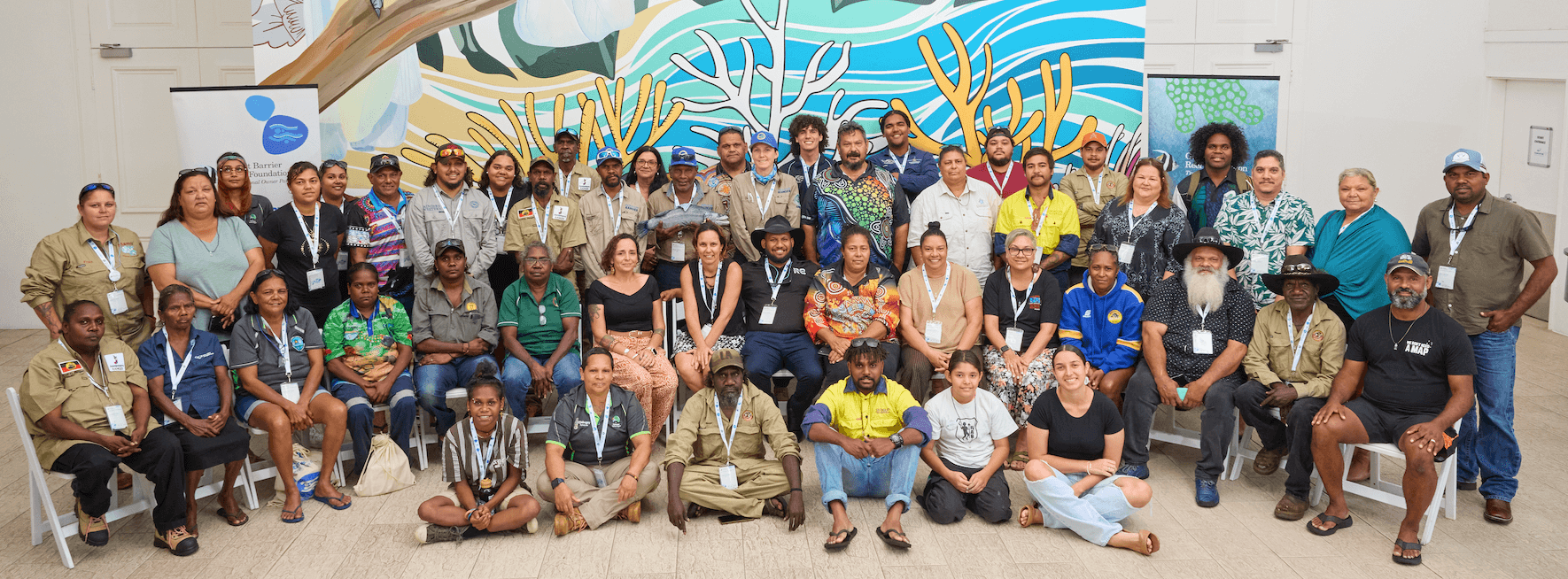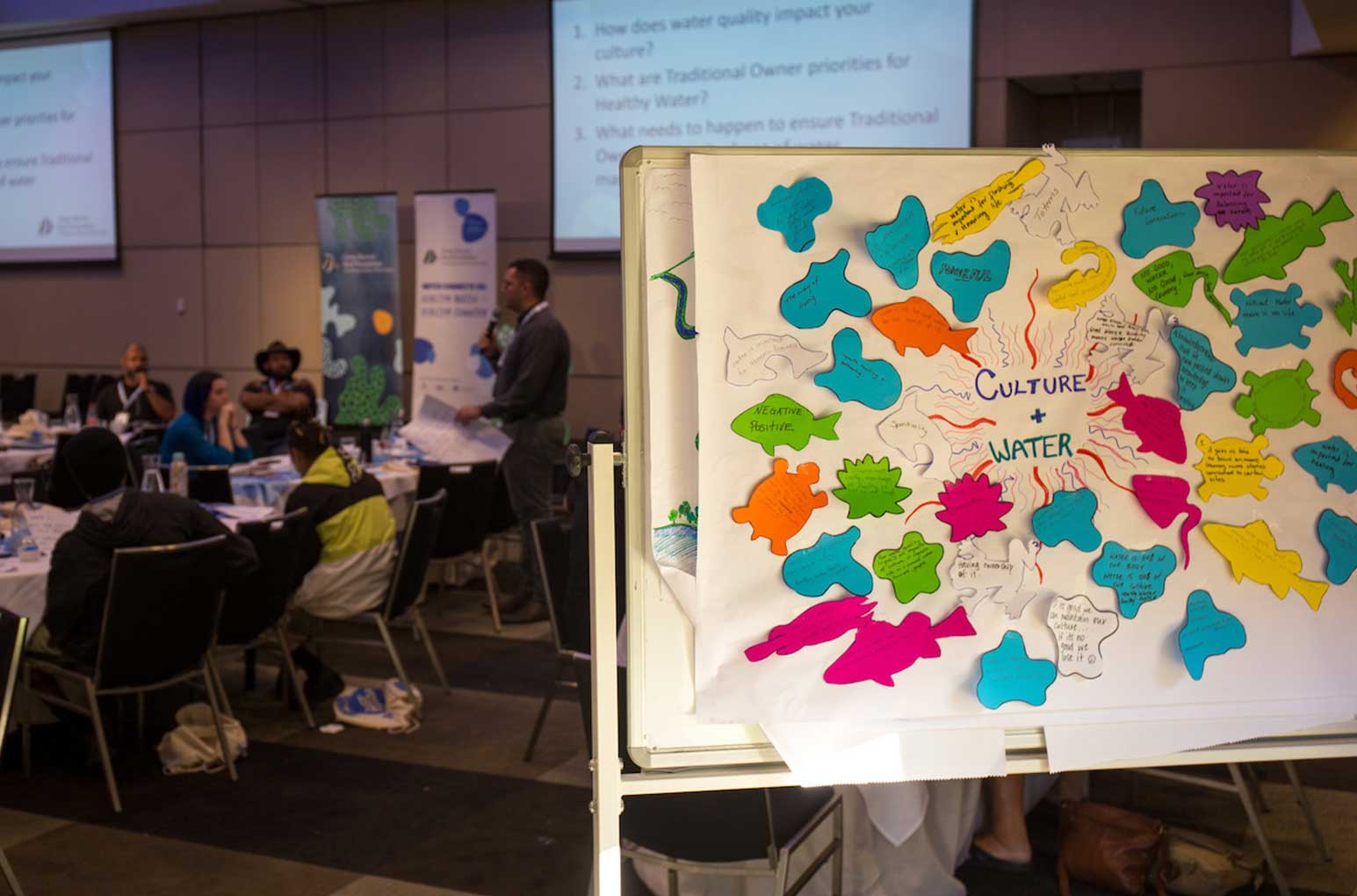
OUR CO-DESIGN JOURNEY: PART 2
Moulding co-design into a game changer for Traditional Owners and the Reef
Story contributed by the Great Barrier Reef Foundation
In Part One of our series, we learned about the history of the Reef, its connection to Traditional Owners and the journey to the establishment of the Reef Trust Partnership and the negotiation of $51.8m for the landmark Traditional Owner Reef Protection Program.
This investment enabled the Foundation to embark on an unprecedented co-design approach to program delivery that positions Traditional Owners as central partners in the care, management and protection of the Great Barrier Reef and its Catchments.

The journey to co-design
Once the funding was secured, the team faced the question, ‘how should we go about increasing the engagement of Traditional Owners?”.
Director of Traditional Owner Strategic Initiatives Liz Wren says: “Traditional Owners told us that they wanted to have equity and a seat at the table, they wanted to share their unique perspectives and have a voice in decision-making. They wanted to co-design this opportunity. Well, I was up for the challenge.
“I was no expert in co-design at the very start. As I started the journey, there was a lot to consider. How was I going to show up to this opportunity that Traditional Owners had fought so hard for, for so long, and lost so many loved ones – old, not-so-old and way-too-young – along the way? How could I continue to authentically honour this work? So, I did some reading and found that, even before I started, I needed to do some deeper thinking and find out more.
“Early in the process, a crucial event happened – I was fortunate enough to meet one of the world’s leading practitioners in co-design, Penny Hagan, from the NZ Co-Design Lab. She valued our team’s bold and ambitious mission and offered to mentor and coach us through the journey.”
Understanding the co-design process
The Foundation’s first step was to host a workshop in 2019 to ‘co-design’ the program.
Liz says: “It was here that we got the first signals of what Traditional Owners wanted from the Reef Trust Partnership. I also learned something extremely valuable – what you’re NOT meant to do – which was start at design!
“So Penny helped us learn more about ourselves first – what our values, principles and mindsets were and how would we show up as partners to Traditional Owners and not try to control or dictate the process. We had to go inward before we went outward to really begin our co-design process.”
This work led to the involvement of another leading co-design practitioner, Kelly Ann McKercher. Kelly was a past student of Penny’s and was practicing in Australia, predominantly in the health sector. The work of Kelly Ann provided a critical, deeper understanding of the co-design process – that it’s not a one-off event – but rather an on-going process. But there was far more yet to learn about the co-design process.
The four principles of co-design
Kelly Ann gave the team invaluable guidance around incorporating the four principles of co-design into the creation of the Traditional Owner programs:
- Share Power – this is done by bringing in Traditional Owners with lived experience and diverse perspectives to design programs with us that best meet the needs of Traditional Owners – at a Reef and Catchment wide level. This includes allocating budget amounts to set annual work plans each year across the five main components under the Reef Trust Partnership Agreement. Then that work is delivered.
- Prioritise Relationships – this is about how the Foundation shows up as partners and what the mindset is when co-designing with Traditional Owners.
- Use Participatory Means – the Foundation needs to co-create, co-develop, collaborate and co-design with the Traditional Owners that it works with through its governance arrangements. Each group and arrangement is like a unique fingerprint, where it is collectively decided through the process what participatory method will apply to the design and delivery. Collective co-evaluation is a key part of the process.
- Build Capacity – the Foundation has provided significant generosity into the system to build capacity. This is not just about Traditional Owners. There is a lot of time spent working with the Western-based, mainstream partners who lack cultural and engagement competency, and who need guidance in undertaking ethical research practices that meet the reasonable expectations of Traditional Owners. This is helping to build a greater awareness and understanding about co-design as a means of raising the bar – to set and create better practice and standards, and to build and strengthen those competencies required to enter into and retain improved partnerships.
Looking ahead to Part Three
Next up, we’ll look at the process of co-design – the mindsets, stages and the key ingredients needed to bring it all together.



